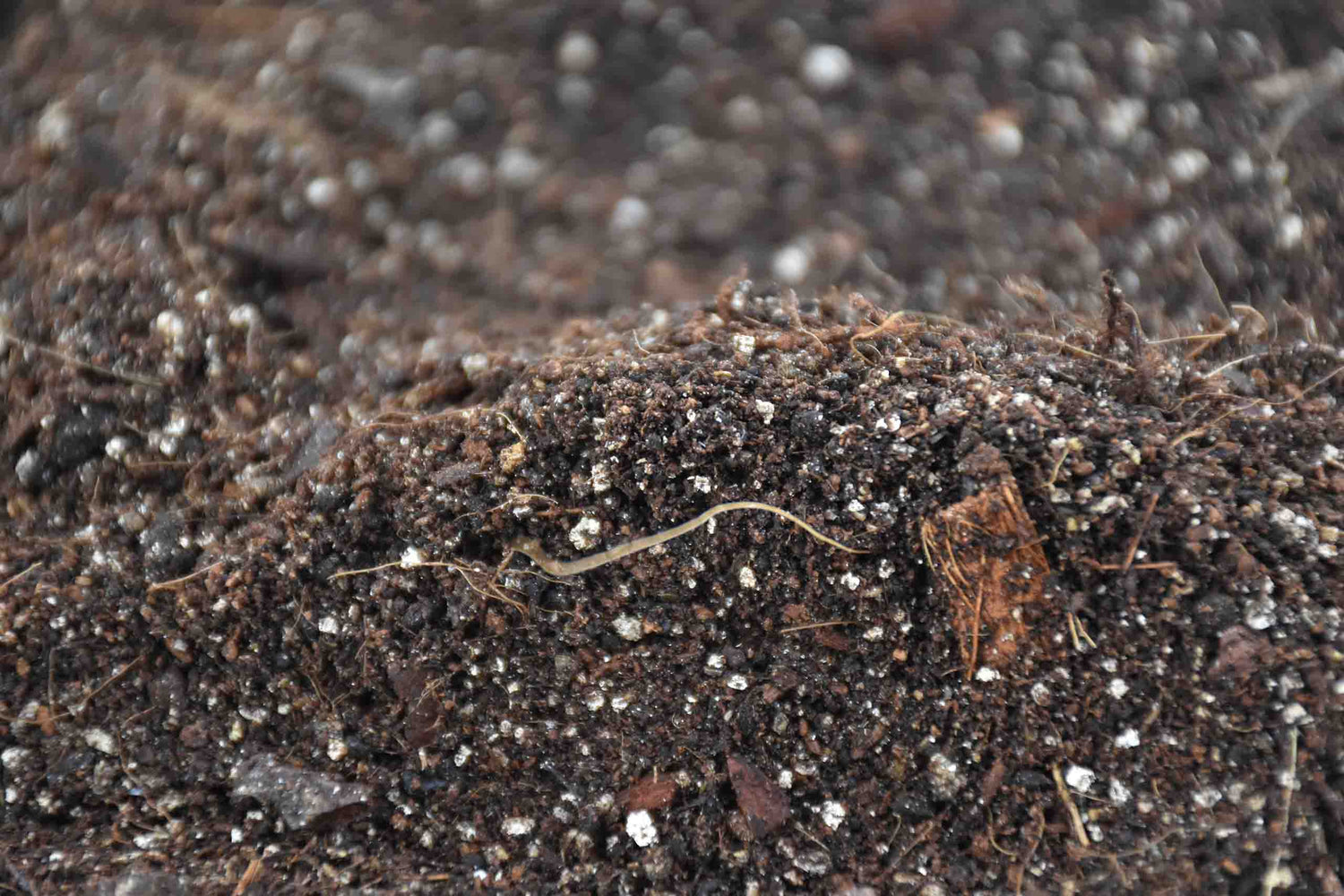
SYBASoil: Premium Soil Mixes
Handmixed coconut-based soil blends for your plants. Give your plants the soil...

Handmixed coconut-based soil blends for your plants. Give your plants the soil...
€0,00 EUR
Order before 16:30 on working days = Shipped today
The expert in soil
100% Satisfaction Guarantee
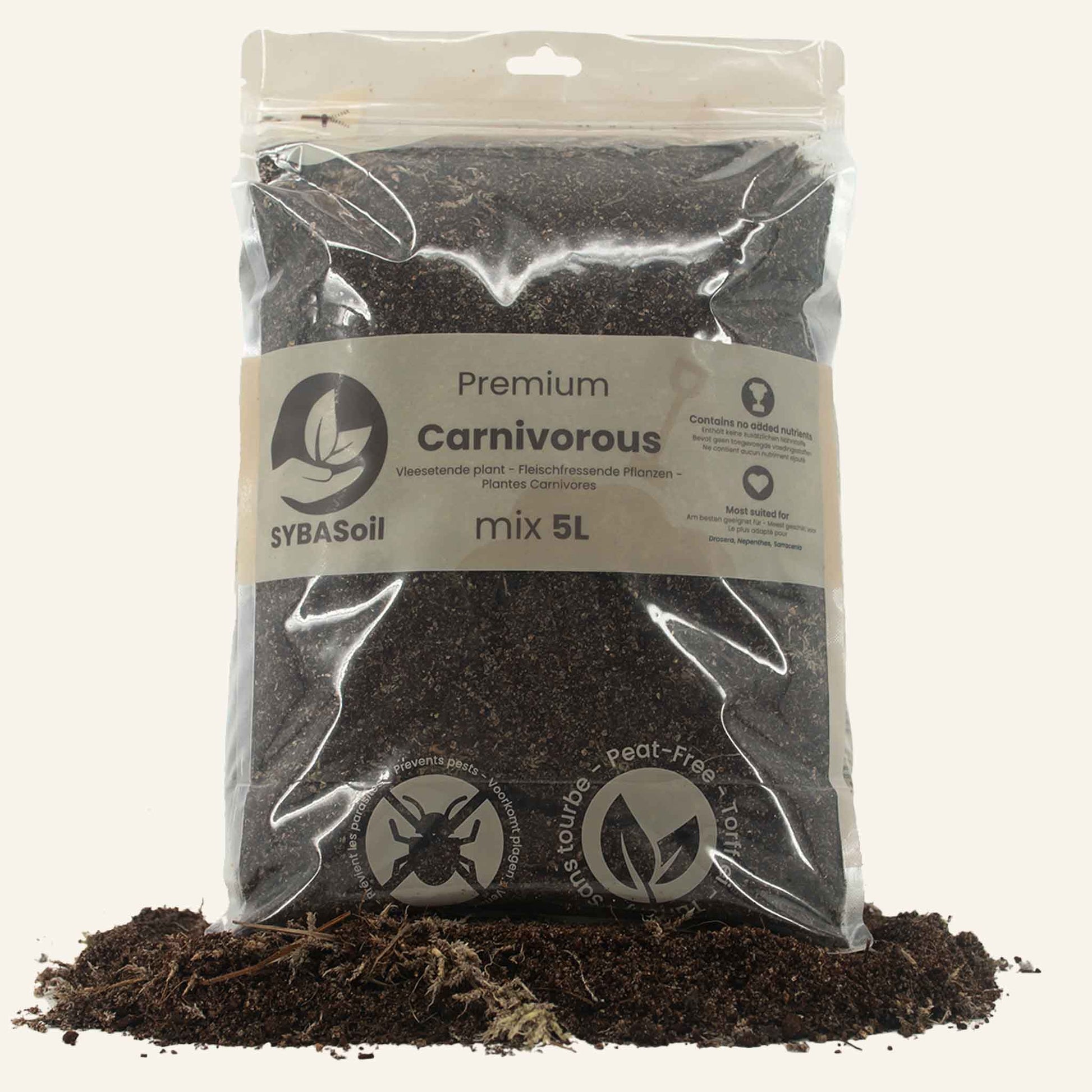
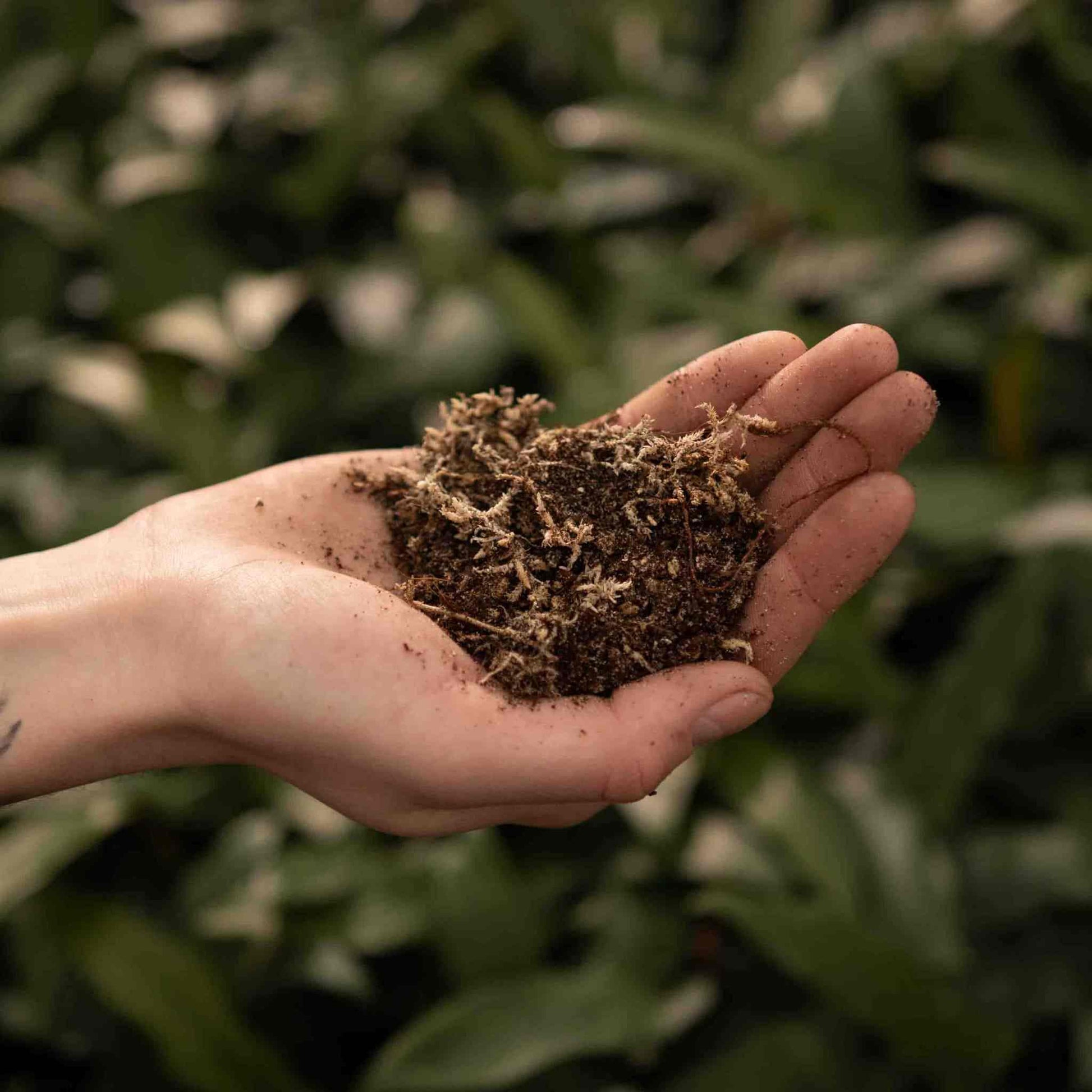
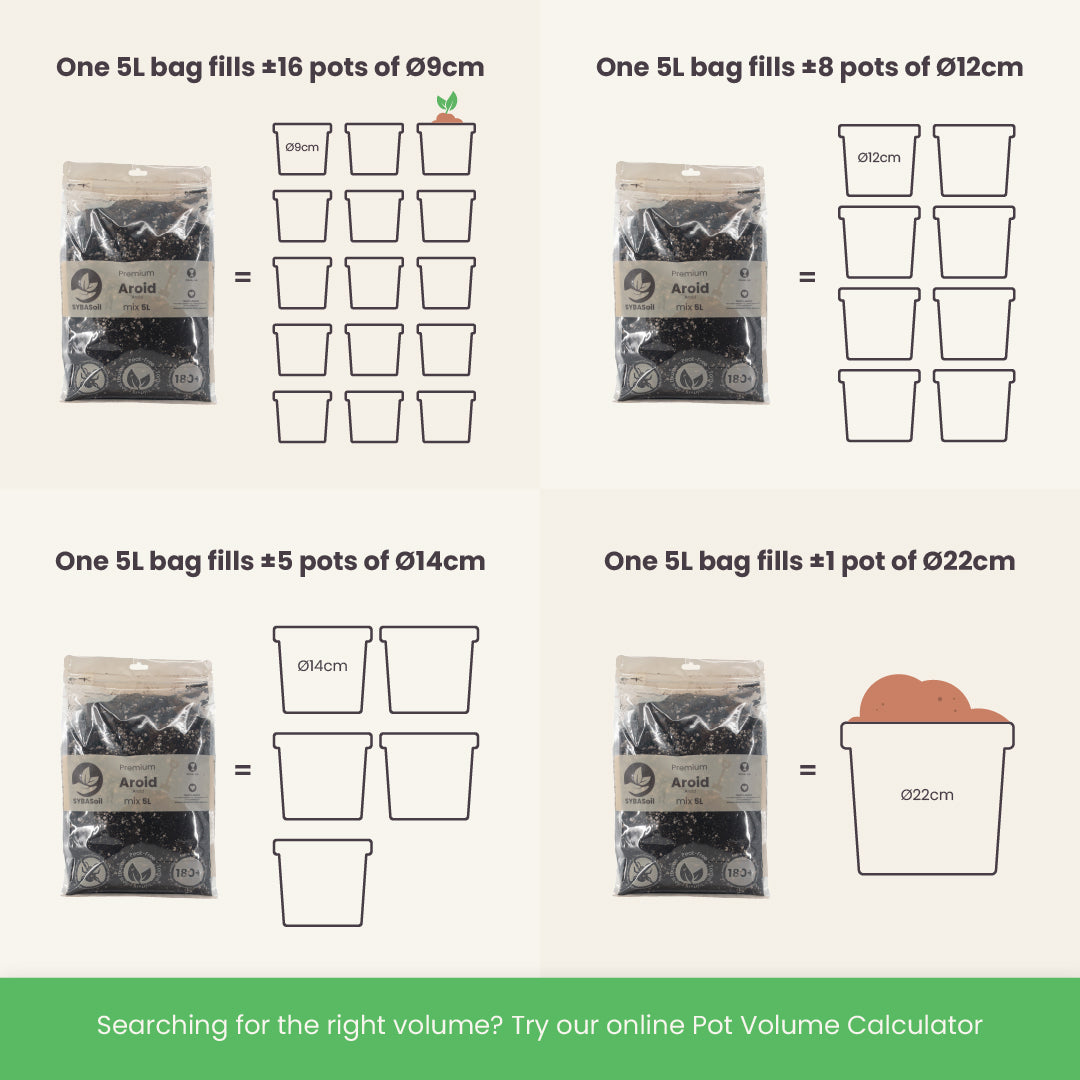
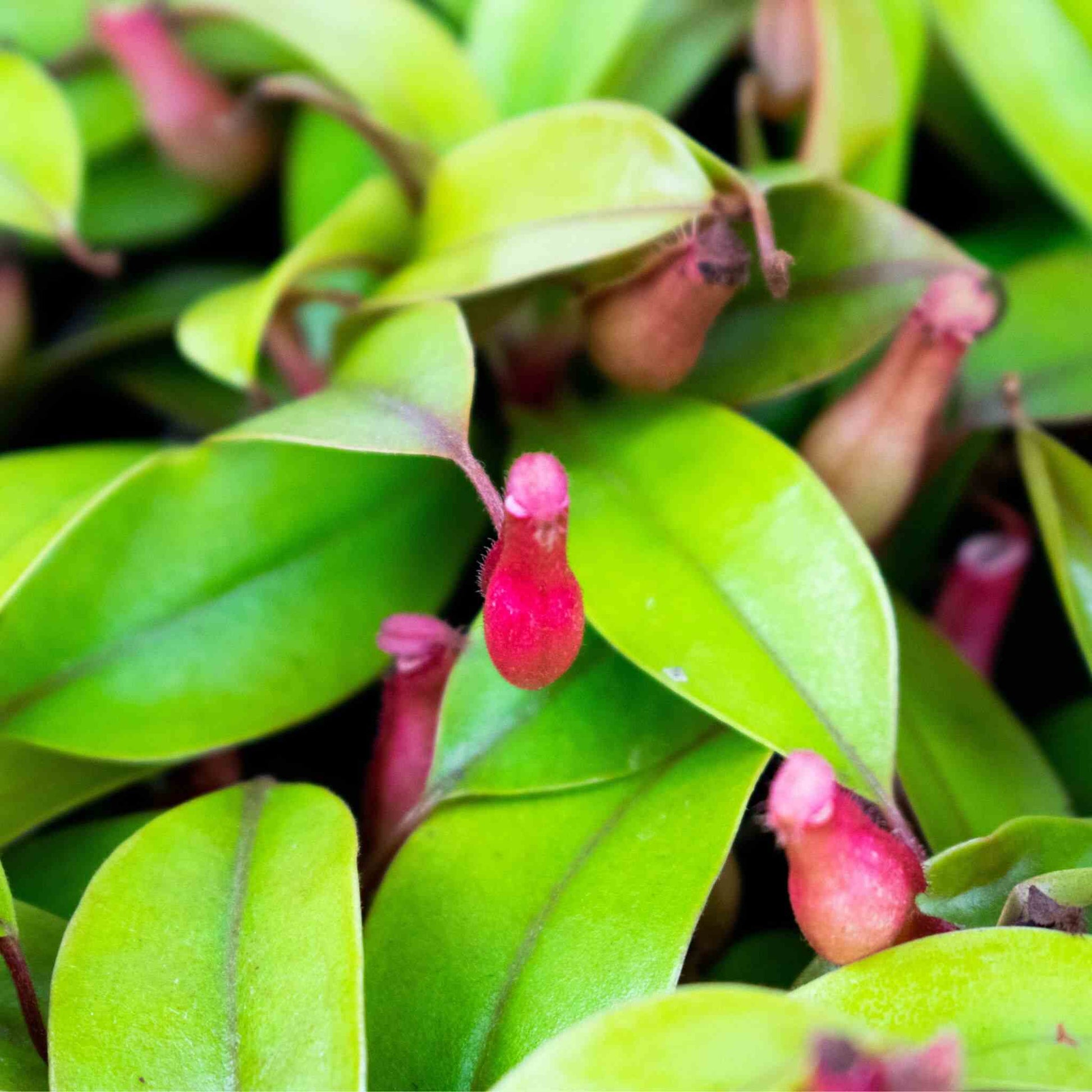
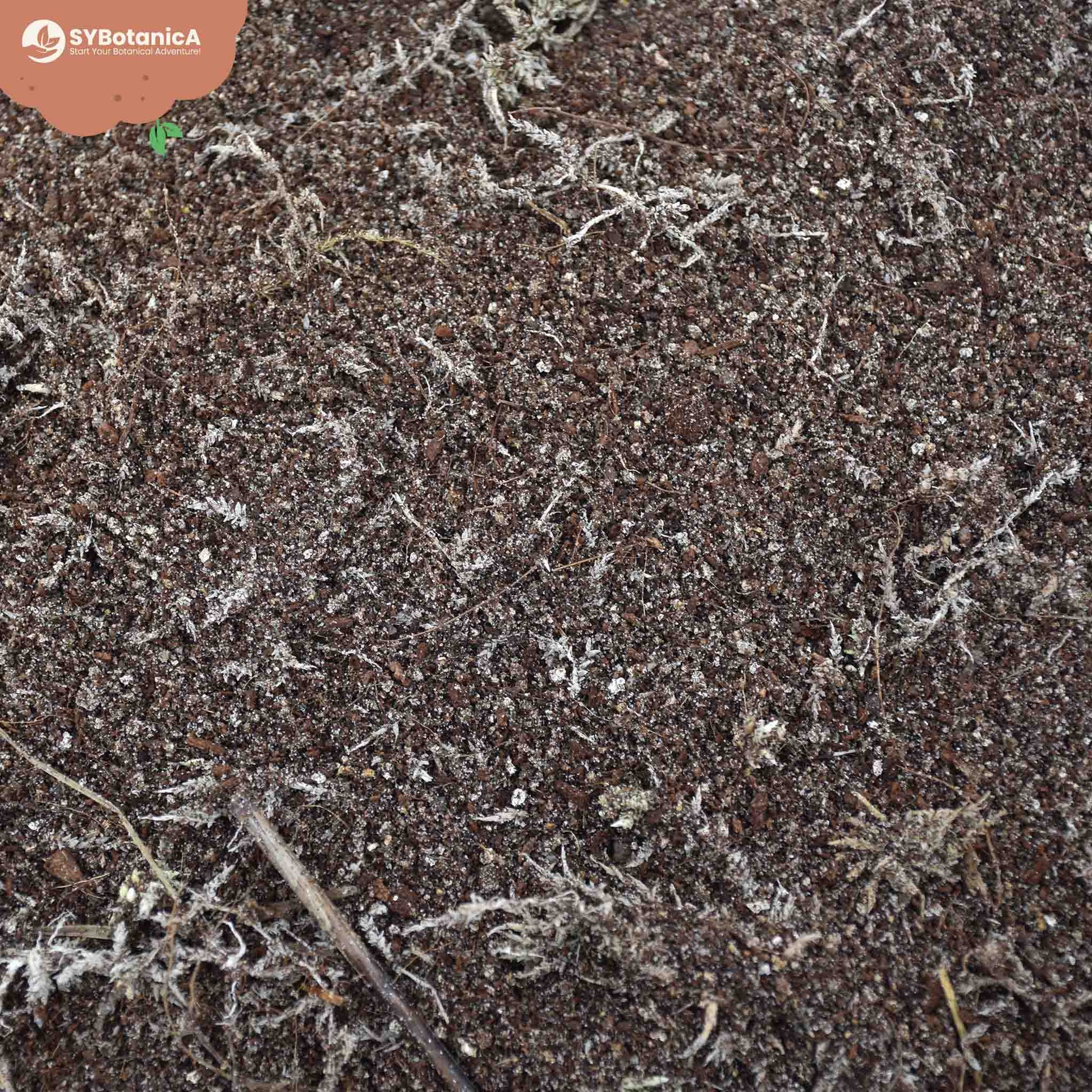
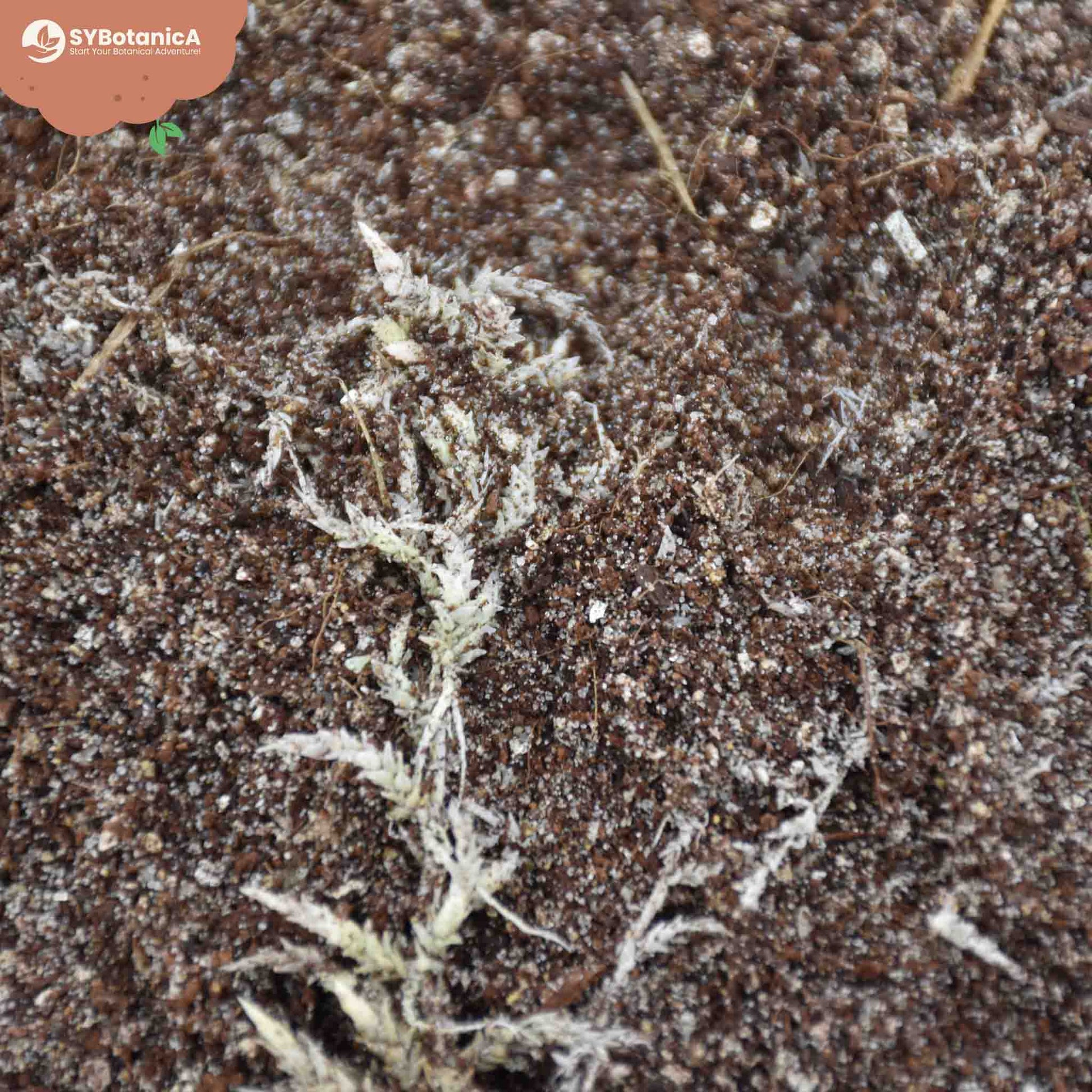
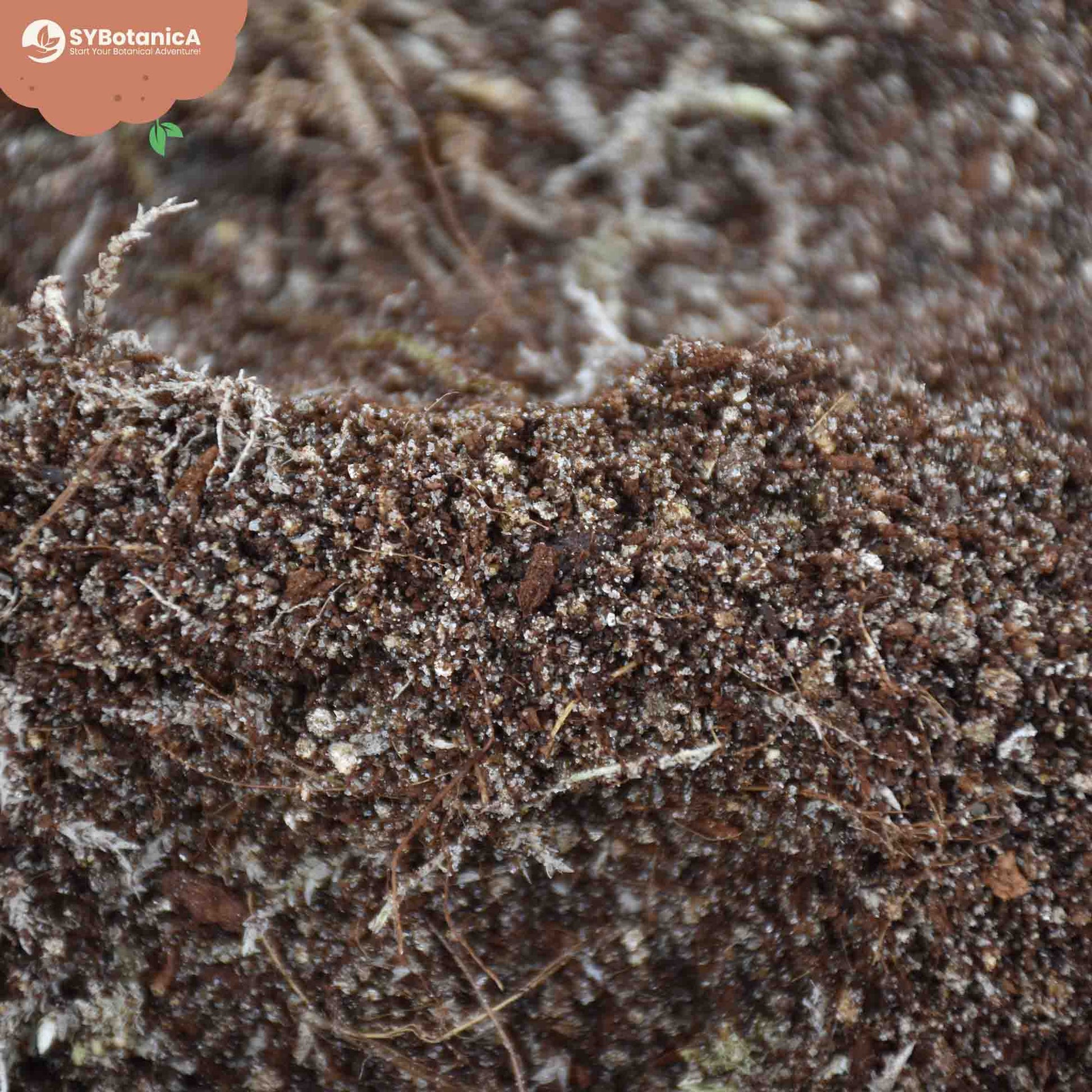
Using the mix is easy! start with removing as much of the old soil as possible. Gently squeeze the pot while holding it sideways to loosen up the plant. Run the roots under lukewarm tap water to remove the last pieces and bits.
Also, remove any dead foliage that may still be on the plant using scissors. Now your plant is ready for its fresh Carnivorous soil. Add a small layer of Carnivorous mix at the bottom of the pot.
Place the plant in the pot, and slowly add Carnivorous soil to the sides to fill it up. Make sure that the point where the roots meet the plant is just buried under the Carnivorous soil.
Lightly pat the Carnivorous mix down into the pot. Make sure to water the Carnivorous mix thoroughly after repotting, as this helps settle the mix and roots down.
Because of the added vermiculite and sphagnum moss this mix will stay moist for a long time, which gives you more time in between watering your beloved meat-eaters. The added sand helps with weighing the plant down. Carnivorous plants usually don’t have a very large root system, which makes them susceptible to being uprooted.
Carnivorous plants' habitats are varied, but almost always involve low-nutrient soil that is very wet. Common locations include bogs, waterbodies, rocky sites & swamps. They get almost zero nutrients from their soil, so that’s why this mix contains no fertilisers.
Carnivorous plants prefer full sun, place them in a sunny spot in your house. The carnivorous mix should stay continuously wet. A great tip is to place the pot in a bowl or saucer full of water, so the plant can suck up water as required. It is not required to feed insects to your plants, but it can help growth.
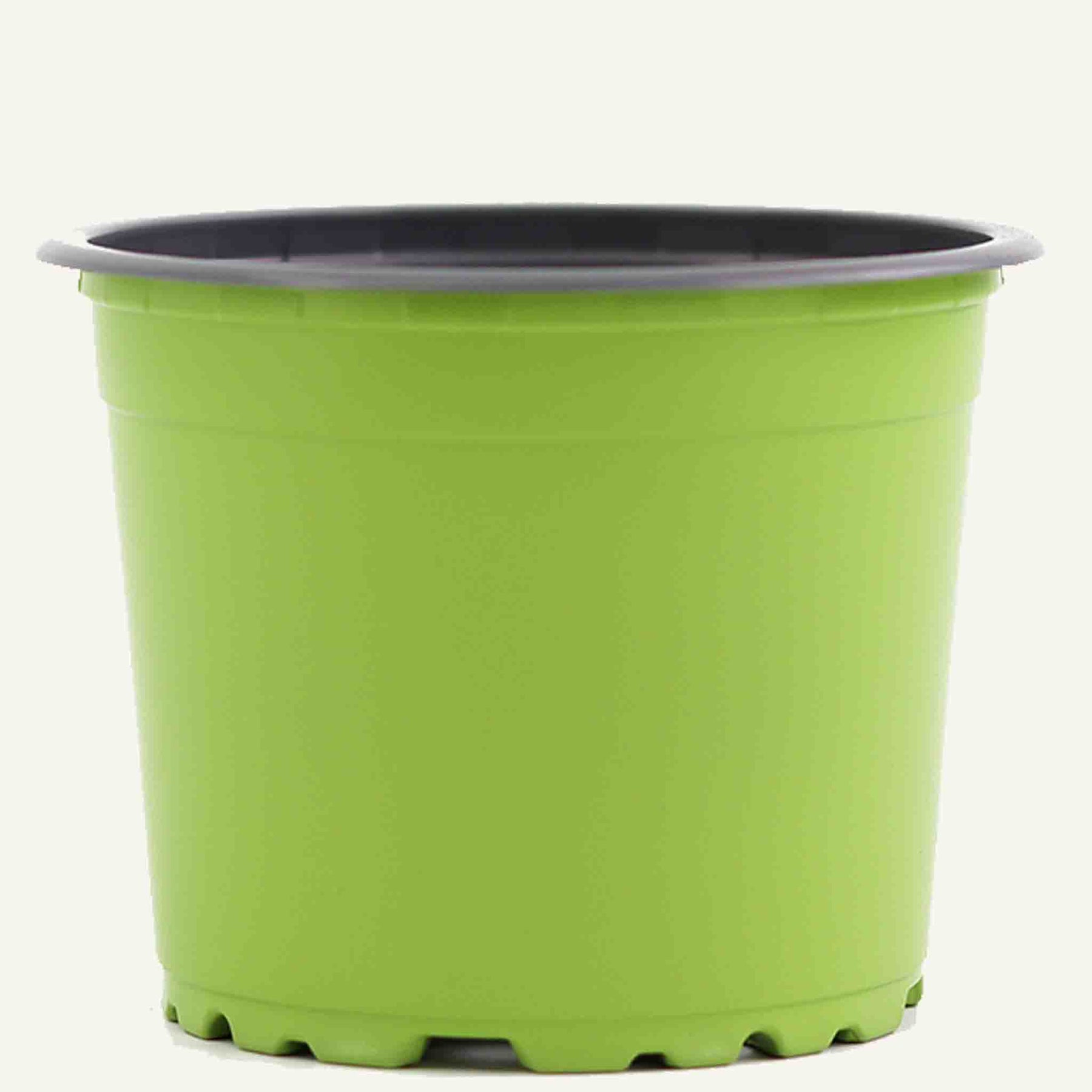
If the pot is differently shaped (Square, oval, e.t.c.), the calculations might not be accurate. You can also check out the plant pots product pages to check their total volume.
Premium SYBASoil
Keeps Carnivorous plants Happy. No added nutrients, mimics natural structure for optimal growth.
In stock
Couldn't load pickup availability
*due to high demand and longer lead times on our new packaging, our previous packaging might be shipped to you. You are still assured of 100% quality SYBASoil!
Using the mix is easy! start with removing as much of the old soil as possible. Gently squeeze the pot while holding it sideways to loosen up the plant. Run the roots under lukewarm tap water to remove the last pieces and bits.
Also, remove any dead foliage that may still be on the plant using scissors. Now your plant is ready for its fresh Carnivorous soil. Add a small layer of Carnivorous mix at the bottom of the pot.
Place the plant in the pot, and slowly add Carnivorous soil to the sides to fill it up. Make sure that the point where the roots meet the plant is just buried under the Carnivorous soil.
Lightly pat the Carnivorous mix down into the pot. Make sure to water the Carnivorous mix thoroughly after repotting, as this helps settle the mix and roots down.
Because of the added vermiculite and sphagnum moss this mix will stay moist for a long time, which gives you more time in between watering your beloved meat-eaters. The added sand helps with weighing the plant down. Carnivorous plants usually don’t have a very large root system, which makes them susceptible to being uprooted.
Carnivorous plants' habitats are varied, but almost always involve low-nutrient soil that is very wet. Common locations include bogs, waterbodies, rocky sites & swamps. They get almost zero nutrients from their soil, so that’s why this mix contains no fertilisers.
Carnivorous plants prefer full sun, place them in a sunny spot in your house. The carnivorous mix should stay continuously wet. A great tip is to place the pot in a bowl or saucer full of water, so the plant can suck up water as required. It is not required to feed insects to your plants, but it can help growth.

If the pot is differently shaped (Square, oval, e.t.c.), the calculations might not be accurate. You can also check out the plant pots product pages to check their total volume.
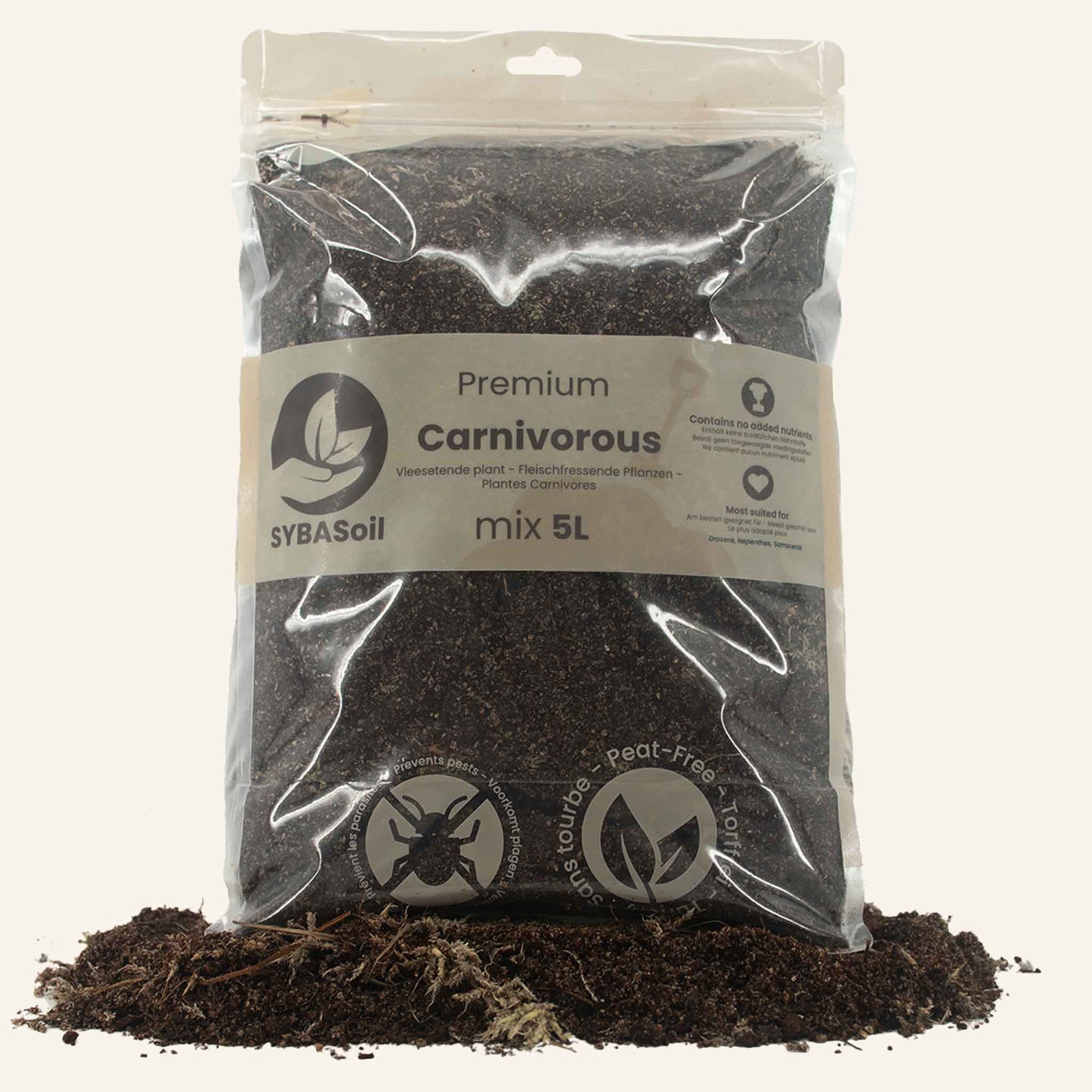
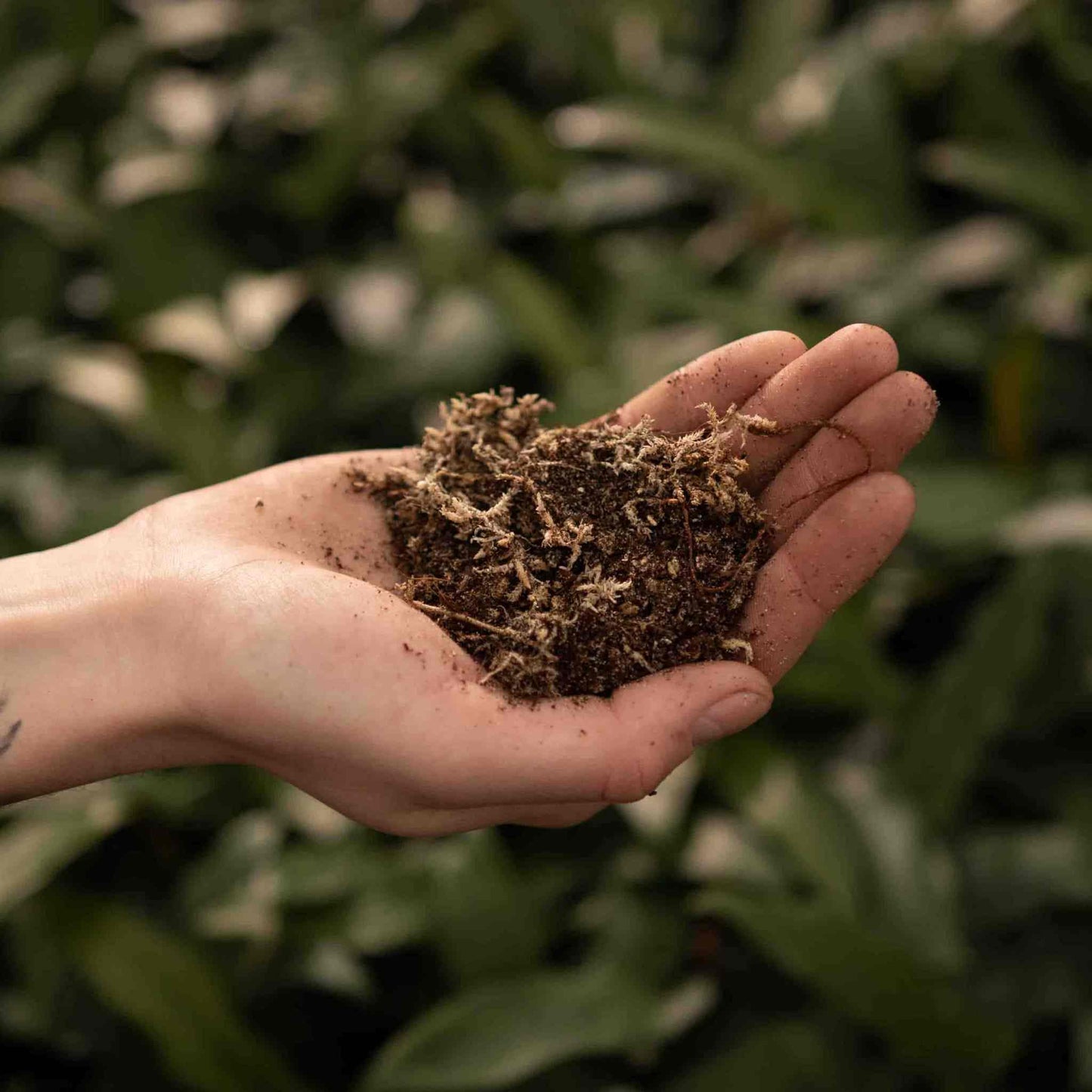
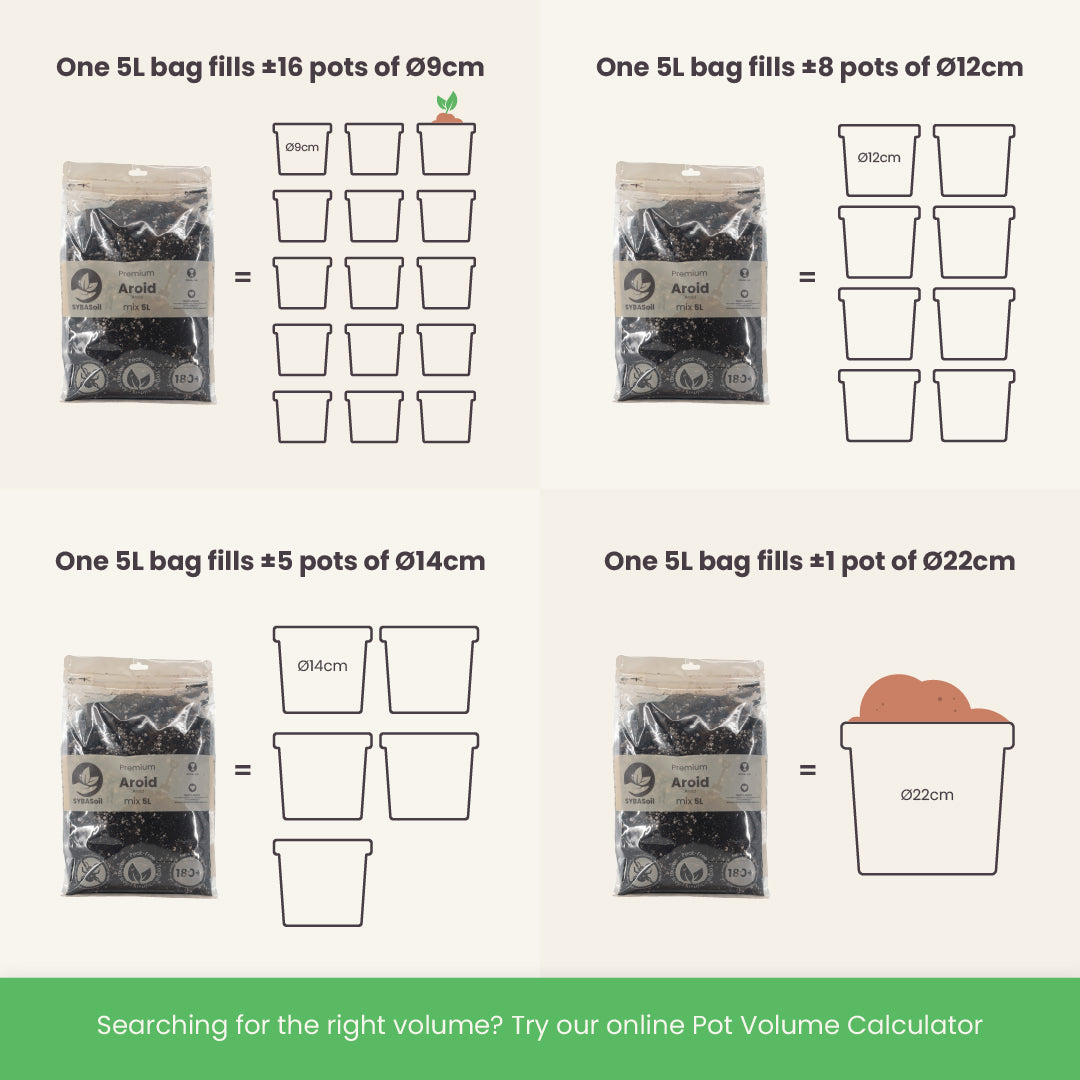
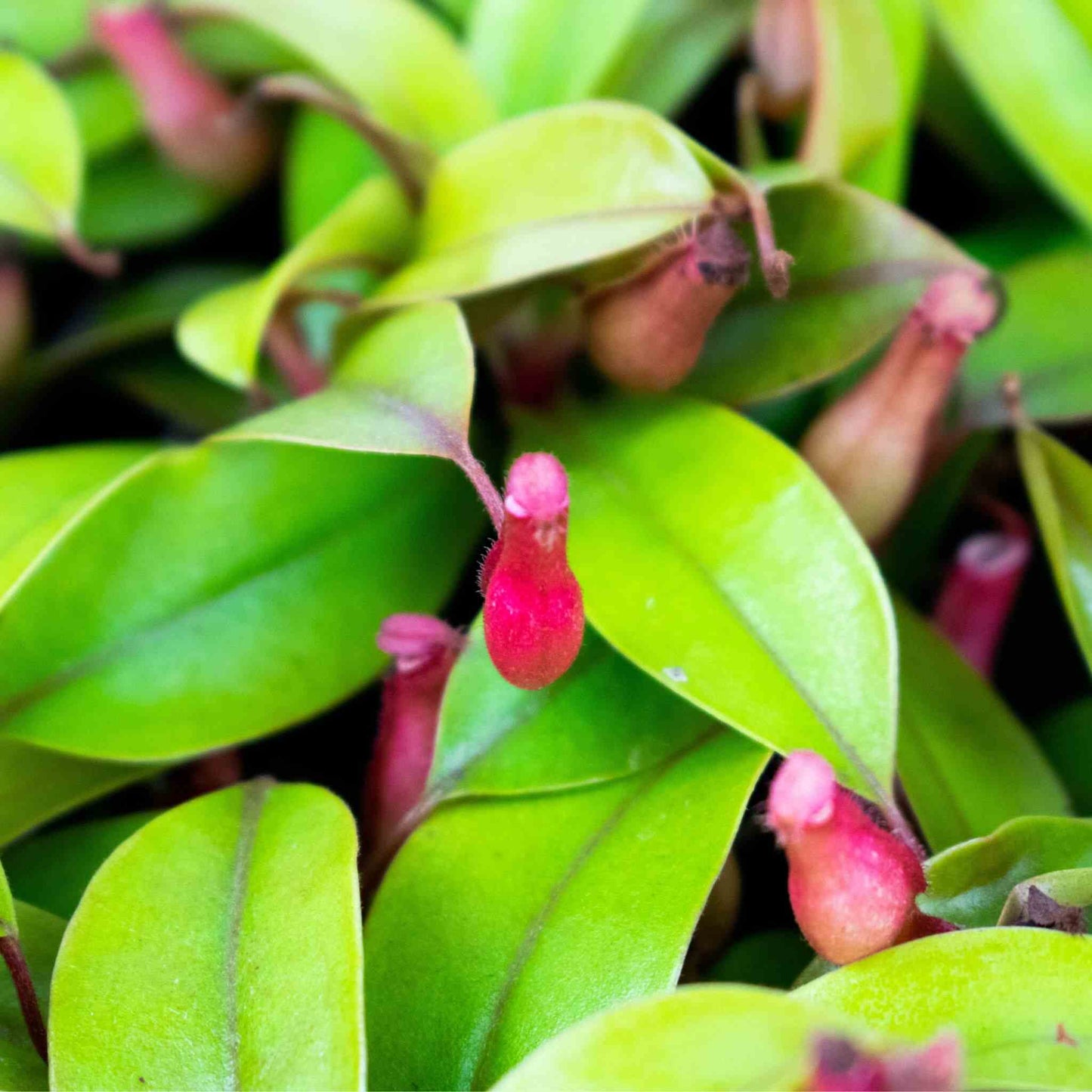
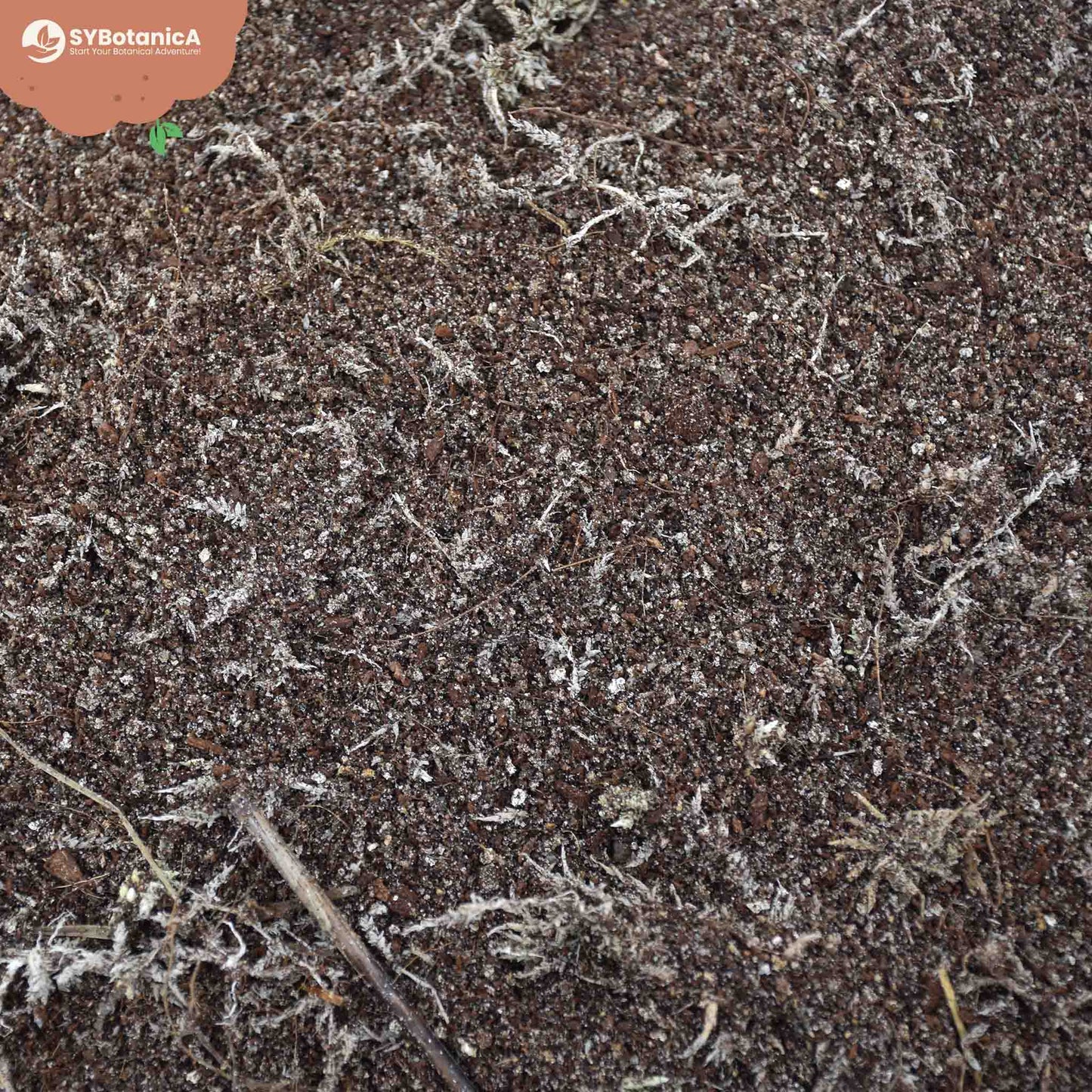
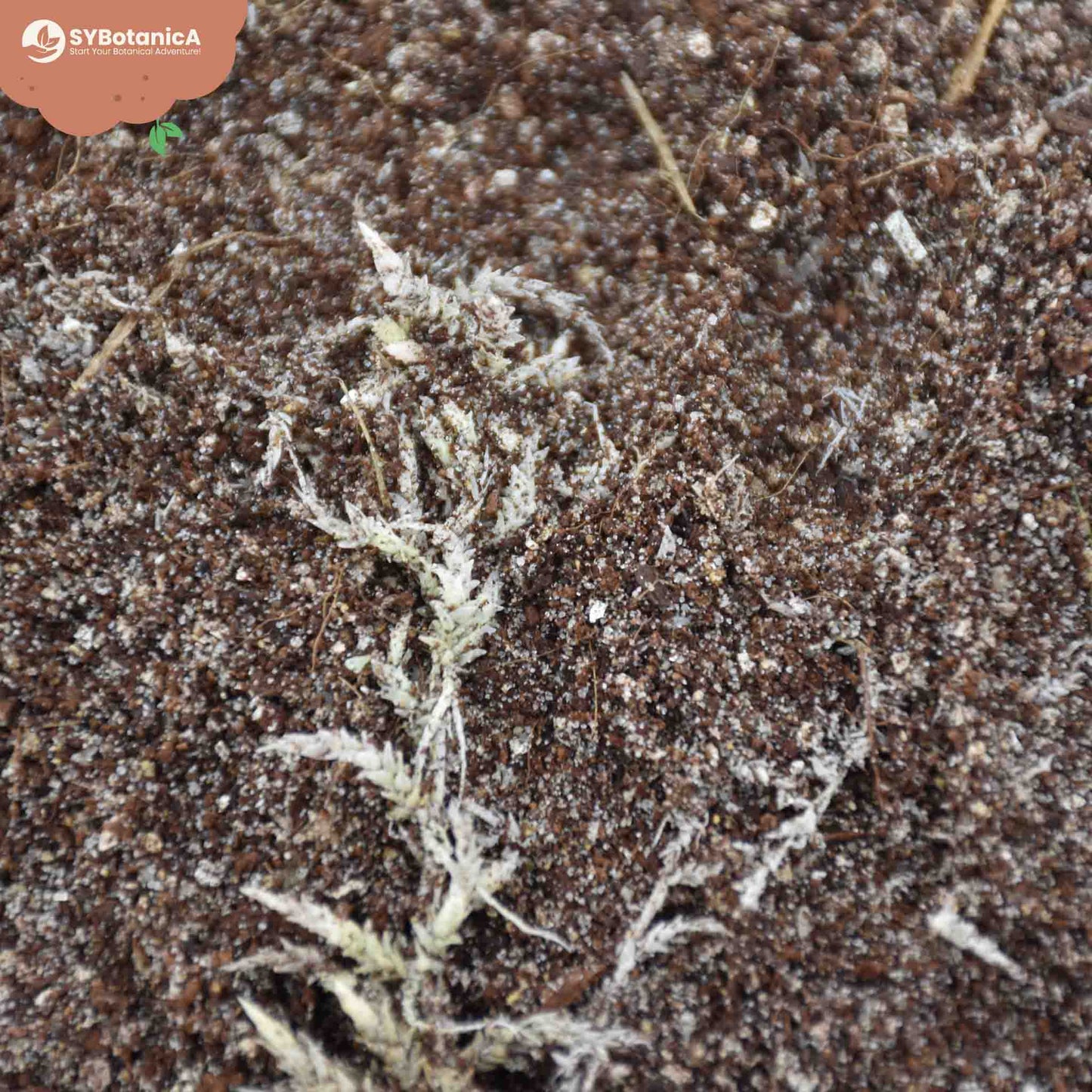
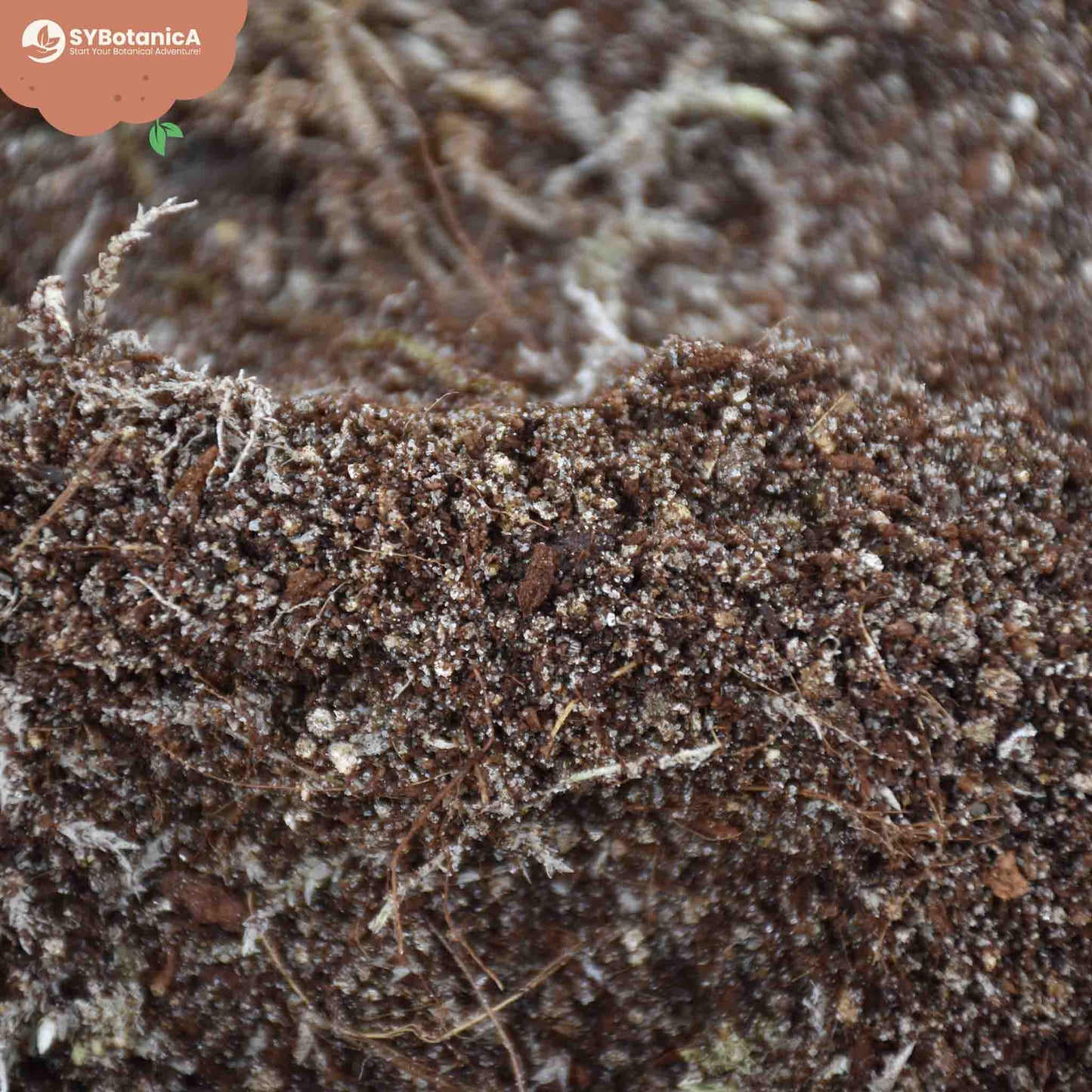
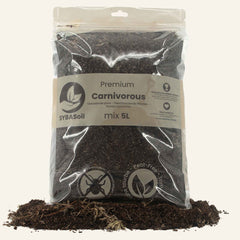
Couldn't load pickup availability
Using the mix is easy! start with removing as much of the old soil as possible. Gently squeeze the pot while holding it sideways to loosen up the plant. Run the roots under lukewarm tap water to remove the last pieces and bits.
Also, remove any dead foliage that may still be on the plant using scissors. Now your plant is ready for its fresh Carnivorous soil. Add a small layer of Carnivorous mix at the bottom of the pot.
Place the plant in the pot, and slowly add Carnivorous soil to the sides to fill it up. Make sure that the point where the roots meet the plant is just buried under the Carnivorous soil.
Lightly pat the Carnivorous mix down into the pot. Make sure to water the Carnivorous mix thoroughly after repotting, as this helps settle the mix and roots down.
Because of the added vermiculite and sphagnum moss this mix will stay moist for a long time, which gives you more time in between watering your beloved meat-eaters. The added sand helps with weighing the plant down. Carnivorous plants usually don’t have a very large root system, which makes them susceptible to being uprooted.
Carnivorous plants' habitats are varied, but almost always involve low-nutrient soil that is very wet. Common locations include bogs, waterbodies, rocky sites & swamps. They get almost zero nutrients from their soil, so that’s why this mix contains no fertilisers.
Carnivorous plants prefer full sun, place them in a sunny spot in your house. The carnivorous mix should stay continuously wet. A great tip is to place the pot in a bowl or saucer full of water, so the plant can suck up water as required. It is not required to feed insects to your plants, but it can help growth.
Helps prevent mould & root-rot
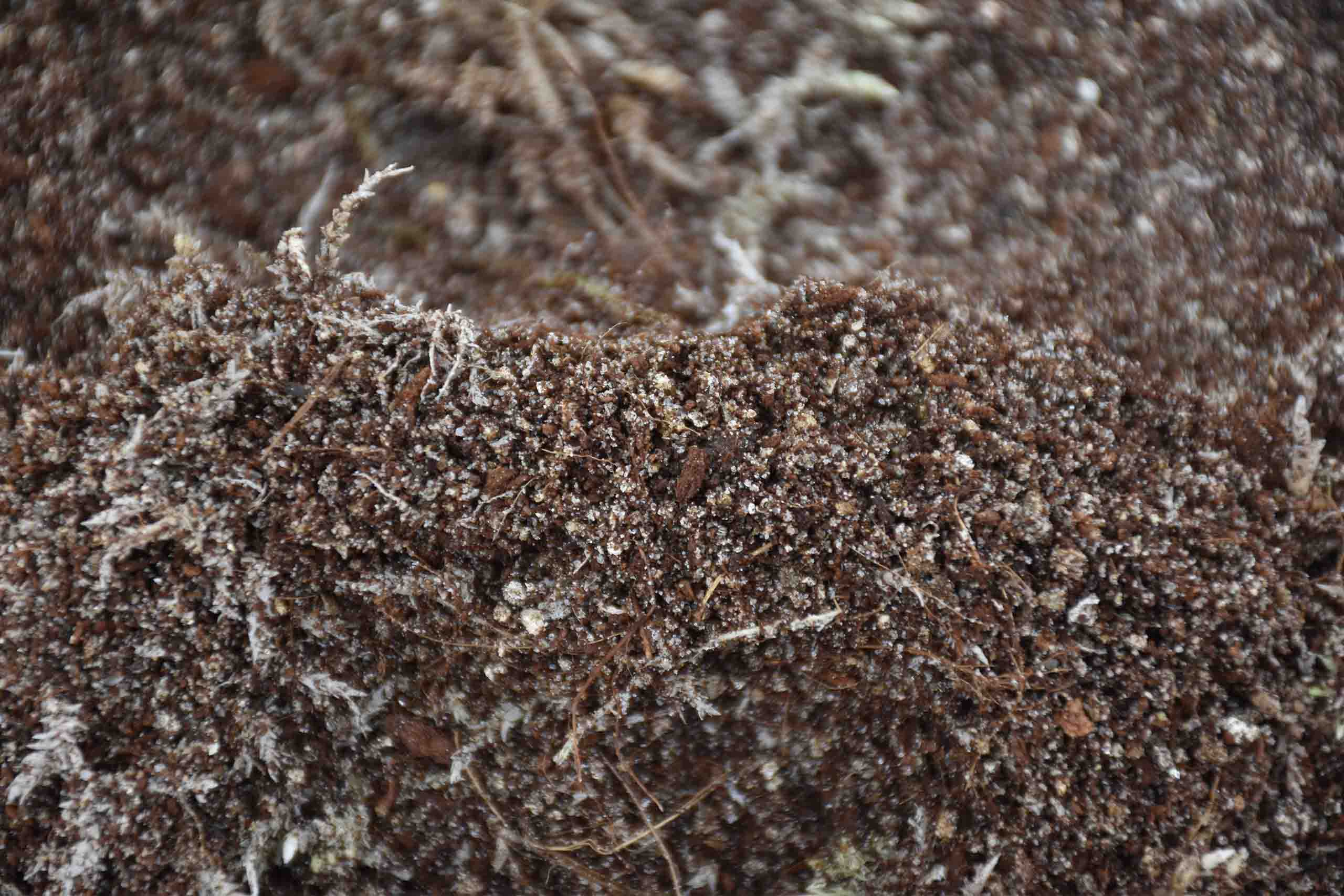

Designed to make your plant-care easier
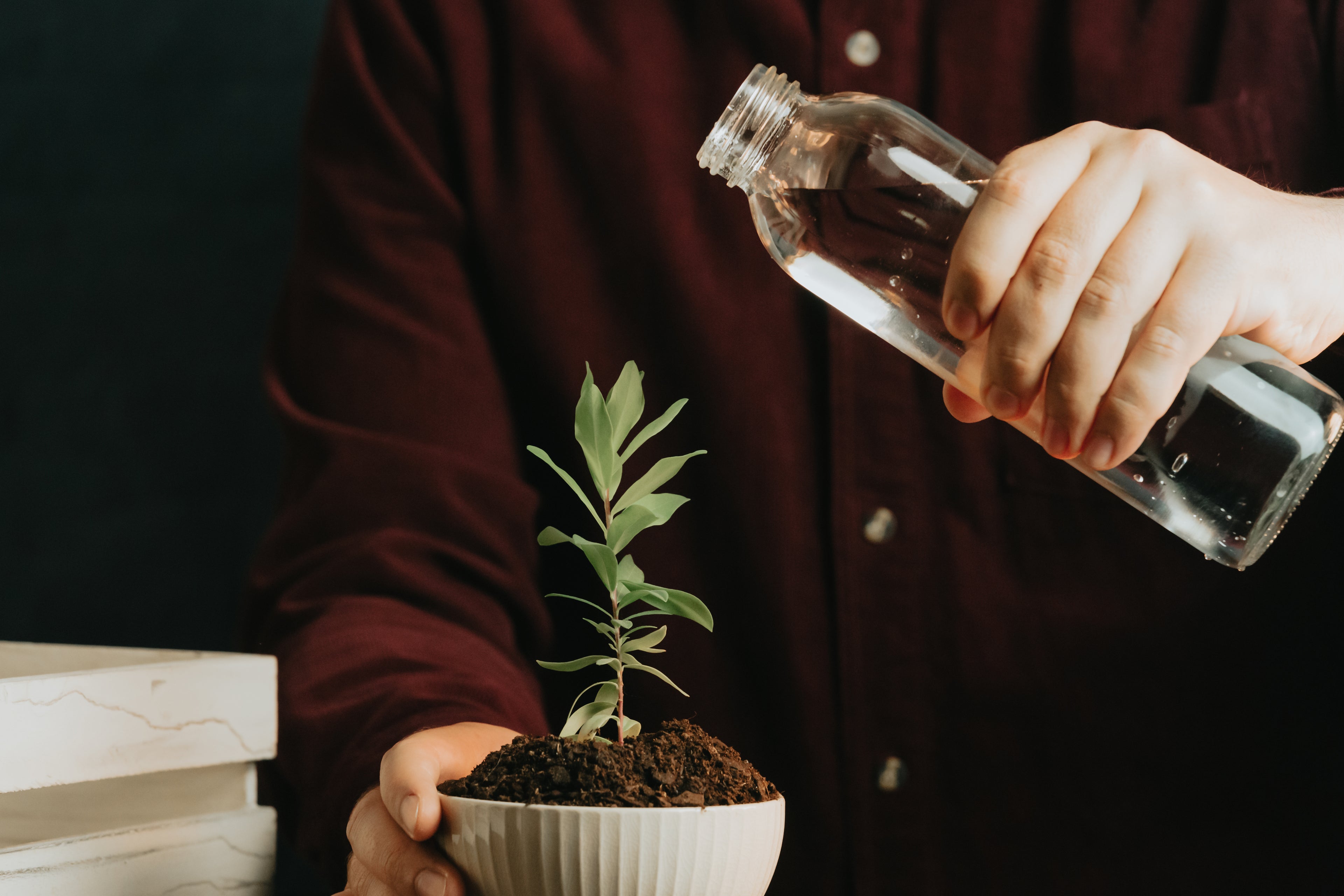

Soil to make your Carnivorous plants happy!
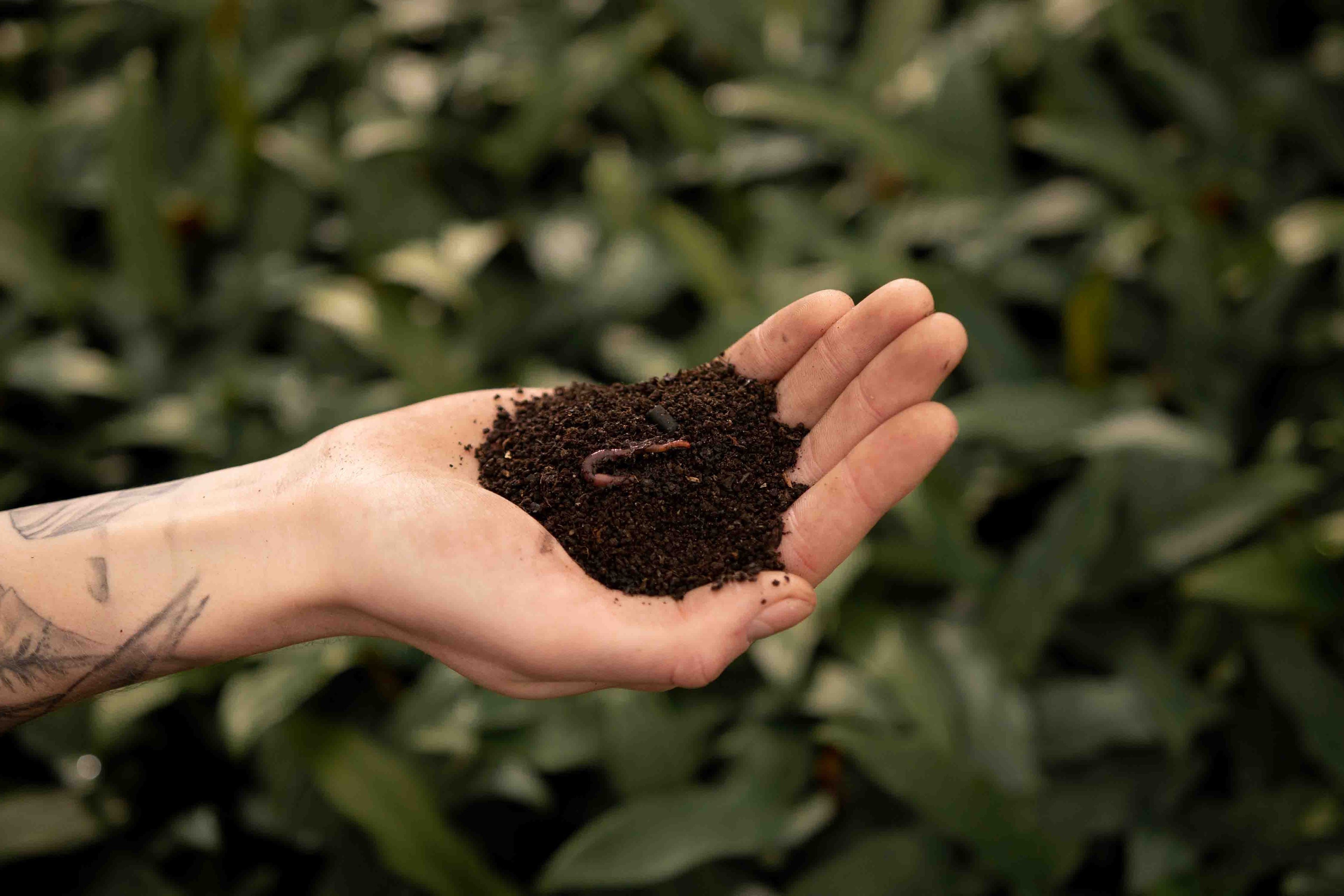

Good for your plants & nature!
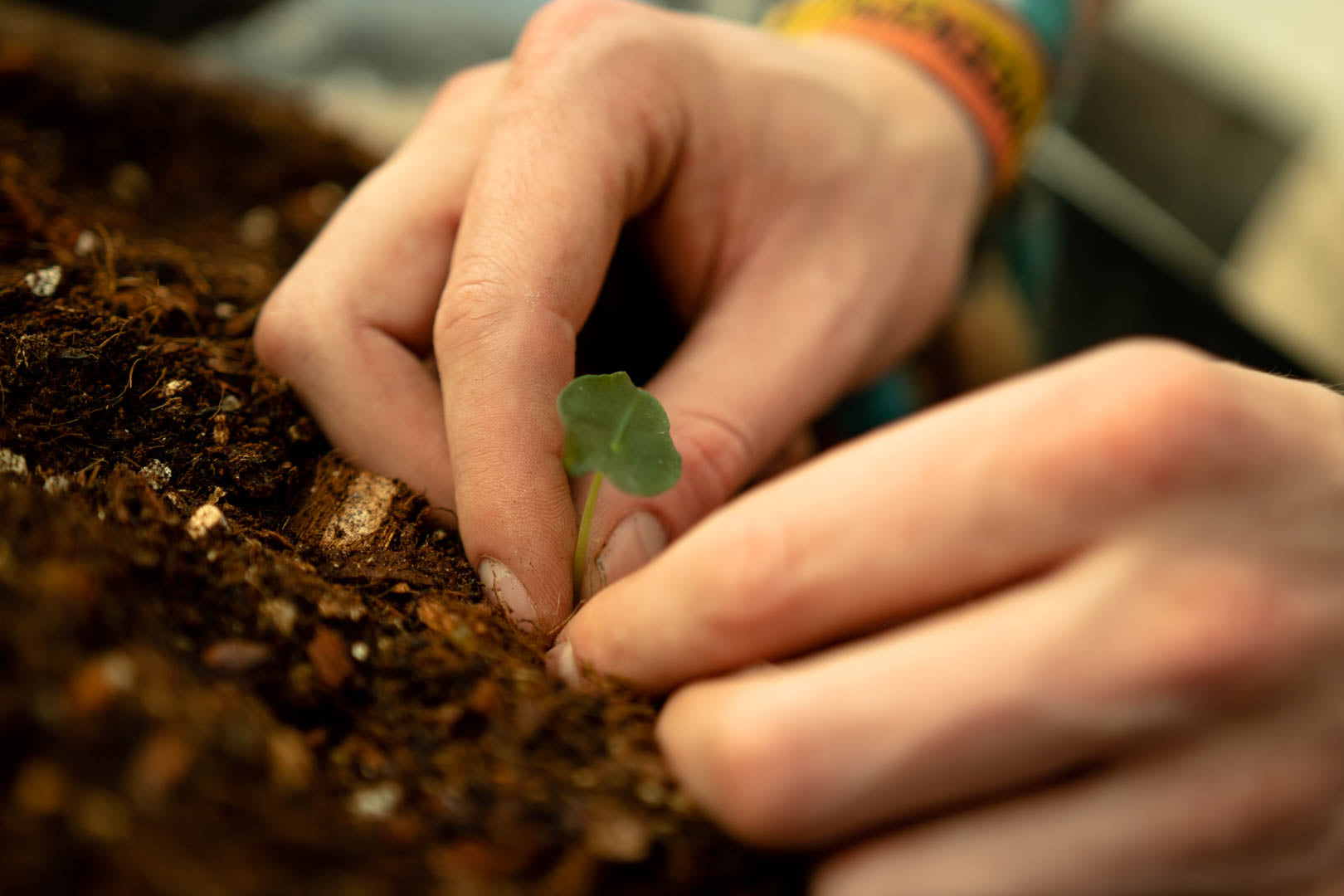

Check out the SYBASoil Guide
Check out this pot volume calculator tool to calculate how much Carnivorous mix you need.
The nutrients in SYBASoil will run out in ~6 months on average. We recommend refeeding by removing the top part of the soil and adding 10-20% of the volume with fresh worm castings.
You can store SYBASoil for about 2 years. Make sure to store it cool, dark and closed off. The effectiveness of the nutrients can degrade over the years. Simply add some fresh worm castings to give the soil new life.
We recommend repotting once any of these things happen:
- You see roots growing out of the bottom of the pot
- The soil dries very quickly between watering
- The plant is top-heavy and wants to fall over
- Roots are pushing the plant up and out of the container
- Every 1 to 2 years
Our packaging can be recycled at your local plastic recycling facility.
You can also re-use it for storage, or leave a little soil and use it as a propagation box!
Water only when the top 2-3cm of the soil is dried out. You can test this out by poking your finger in the soil to feel around.
Do not forget to keep the soil moist! If the soil dries out completely the plant will suffer
I repotted my nepenthes collection with this mix in June of this year and almost immediately they have thrived, growing more pitchers than ever before and lush green leaves. I recommend it highly.

Goed verpakt, Hoge kwaliteit, Snelle levering, Zeer goede uitgebalanceerde potgrond. Mijn planten groeien er prima in.
Fijn dat je vleesetende plantjes nu in een gezonde bodem staan!
Sybren van Sybotanica
I was nervous potting up my carnivorous plants as I'm new to them...I thralled the net and ended up buying soil from SYBotanica. Got boggled with the choice on the net..... but... I'm very happy with the results. Three weeks ago I potted them up... these are how they are now.... ALIVE!!!
What a wonderfull product. My plants were nearly death.
That was my fault i never had insect eating plants before.
I bought the Carnivorous soil mix, hoping that i would bring them back to life. And guess what!!!!!, it did!!!! I even have baby plants. The soil is so open and loose. It sucks the (rain)water right up from root to the top layer. An absolute blessing for my plants.
Thank you.
Speedy delivery aswell
Still have to try it. Would have been great if the packages were labeled. Hard to tell it apart from another soil mix I ordered.
Order before 16:30 on working days = Shipped today
The expert in soil
100% Satisfaction Guarantee
